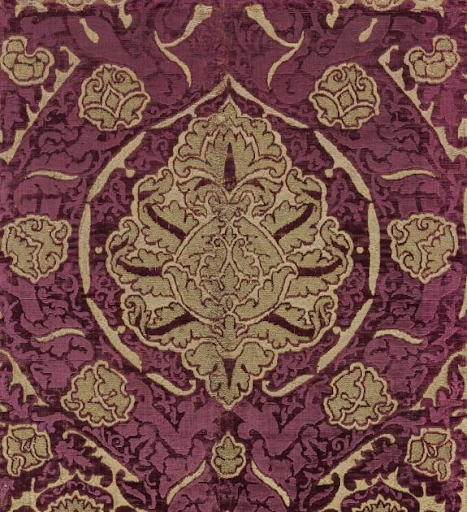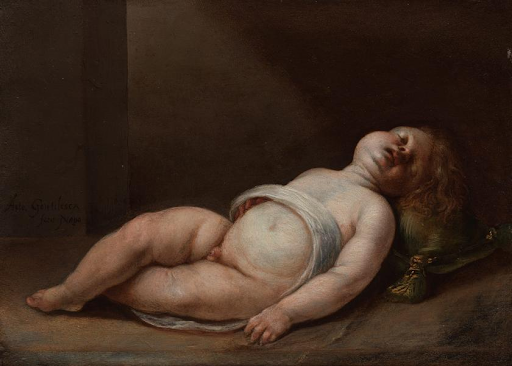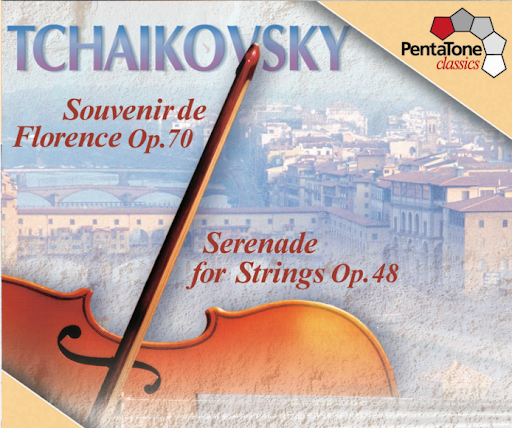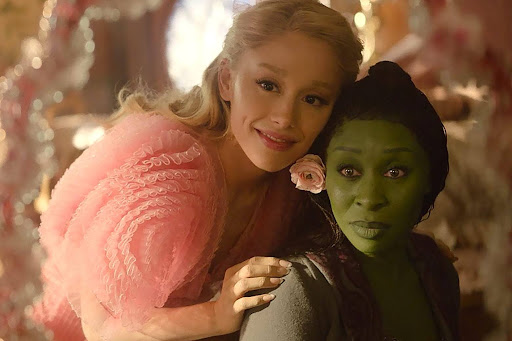The Museum of Fine Arts in Boston recently acquired its first work by prolific baroque artist and woman, Artemisia Gentileschi. This small painting of the sleeping baby Jesus painted in oil on copper possesses a heightened intimacy in contrast to her larger, more dramatic works, and in light of the painting’s purpose, this makes sense. According to its exhibition plaque at the MFA, this painting was likely done for a woman to privately reflect on in prayer.
This private role of art is reflected everywhere in the MFA’s new exhibition: Strong Women in Renaissance Italy. It includes not only paintings by commercial artists like Gentileschi, but also art that women bought, made for their own use, and created as a religious act. The exhibition paints a picture of the role of art in the lives of women in Renaissance Italy, celebrating their creations and exploring the unconventional ways they created.

Along with Gentileschi, the museum featured works by Sofonisba Anguissola and Lavinia Fontana. Fontana’s depiction of the Virgin Adoring the Sleeping Child, was similarly a piece of reflective art for the home. The MFA suggests that, because of the painting’s unusual shape, it was intended to go over the bed of an expectant mother or the cradle of her child. In the daily routine of rocking her child to sleep or going to bed herself, the mother would see this image of Mary and her son as a physical representation of the protection and blessings of God over her and her family in the vulnerability of sleep, and she’d wake up the example of Mary as she began another day of caring for her children.
Women painters were relatively uncommon during the Renaissance, but that in no way means that they rarely made art. Strong Women in Renaissance Italy emphasizes the other ways in which women created. At the center of the exhibition sits a table with speakers where one can listen to music sung and written by Renaissance women, especially nuns. You can check out the music in the MFA’s Spotify playlist as well. The museum also featured textiles that women designed and created. Embroidery creation and design was a highly prized skill in Renaissance Italy, and, like music, women contributed their textile art to religion. The exhibit shows how Jewish women participated in religion with a cloth made to hold the Torah.

The exhibit also explores the role of women as art patrons, displaying art from portraiture, to statues, to dishes, to shoes. The exhibit includes pieces commissioned by Isabella d’Este, an influential cultural and political figure. It also explores dress art that women bought, with some Venetian platform shoes.
For an incredible taste of women’s involvement in art and culture in the Renaissance, you have to visit the MFA before this amazing exhibit closes on January 7. I was astounded by the thoroughness and beauty of this exhibition, and you will be too.
By Lucy DeMeo ‘24, Arts & Entertainment Editor
24ldemeo@montroseschool.org













